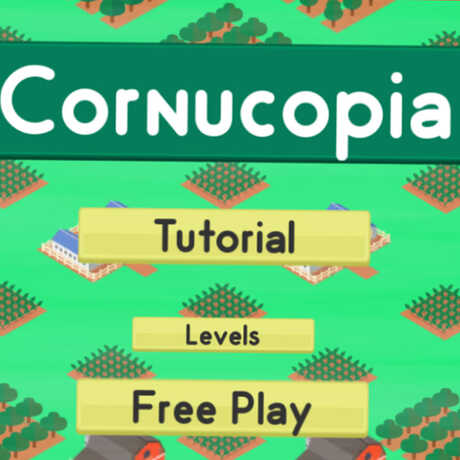Did you know there are thousands of gallons of water right under your feet? Underground aquifers provide us with the water we use everyday but we're using these resources faster than they can naturally replenish.
About This Video
Grade level: 6-10
Length: 3 minutes
NGSS Disciplinary Core Ideas: MS-ESS3.A, MS-ESS3.C, MS-EST1.A
In this video, we'll explore what some communities are doing to put water back into the ground to recharge aquifers. Below are discussion questions you can use in the classroom in conjunction with this video to engage your students with this innovative solution.
Video Discussion Questions
- What is an aquifer? What are they composed of, and why are they important to us?
- How does the amount of water in aquifers compare to the amount of water in lakes and other surface reservoirs?
- How long can it take for water to seep down into aquifers ('recharge')? Why is this a concern?
- How can we measure groundwater levels using technology?
- What impacts could overpumping groundwater have on people, ecosystems, and the environment?
- What are some potential solutions to the issue of groundwater depletion?
Science Texts for Students
Use this resource to ground your understanding before integrating this video into your lesson. Alternatively, allow your students to practice close reading of scientific texts by passing out the article and the empty version of the chart—let them do the work!
Because the issues we're exploring in Flipside Science are complex, we've evaluated how the solution fares across three important dimensions: the environment, the economy, and society.
Accompanying Activity: Sustainable Water Solutions
Weighing the Pros and Cons
How do we assess the benefits and drawbacks of various solutions to a problem? To decide how one potential solution compares to another, we have to consider the pros and cons of each from many dimensions: environmental, social, cultural, and economic. In this activity, students will work together to map out the strengths and limitations of potential solutions to some important water use and conservation issues.
Connections to the Next Generation Science Standards
While this video doesn't necessarily cover the following standards in depth, it is a compelling resource you can use to supplement your curriculum that does.
Disciplinary Core Ideas (Grades 6-8):
- MS-ESS3.A: Natural Resources
-
MS-ESS3.C: Human Impacts on Earth Systems
-
MS-EST1.A: Defining and Delimiting Engineering Problems
Crosscutting Concepts (Grades 6-8):
- Influence of Science, Engineering, and Technology on Society and the Natural World
Test Your Farming Skills with this Free Environmental Simulation

While playing Cornucopia—a fast-paced farm simulator—you manage a plot of land, planting crops based on a number of factors, in order to meet a variety of food orders. Keep an eye on your water meter and your crop yields, and earn technology upgrades to make your farm as successful as possible before the season ends.
Fresh Solutions: About This Unit
Humans depend on water, and our need for this precious resource is growing alongside our population. How will we meet the needs of the future without harming the environment? We'll explore the environmental issues related to our water use and how simple choices we make impact our planet. This unit introduces students to the process of design thinking, and culminates in a design thinking challenge related to water conservation issues.
Browse All Materials:
- Activity: Your Hidden Water Footprint
- Activity: Exploring Our Growing Need for Water
- Activity: Rapid Brainstorming: How Can We Conserve Our Water Resources?
- Activity: Sustainable Water Solutions: Weighing the Pros and Cons
- Video: Desalination
- Video: Water-Wise Farms
- Video: Waste Water Recycling
- Video: Recharging Aquifers [you are here]
- Activity: Fresh Solutions: Design Thinking Challenge
Resources
Sustainable Groundwater
Groundwater provides the United States with half of its drinking water. It also waters 40% of American agriculture. But are we using it sustainably?
SFPUC: Groundwater
Learn the basics from the San Francisco Public Utilities Commission.
NPR.org: L.A. Rolls Out Water-Saving Shade Balls
Although different from underground aquifers, reservoirs also serve as key storage options for freshwater. This simple solution appears to be a cost-effective way to protect California's water during the drought.
